Android 16 Beta 3 Hits Pixels—Learn All New Features in This Update
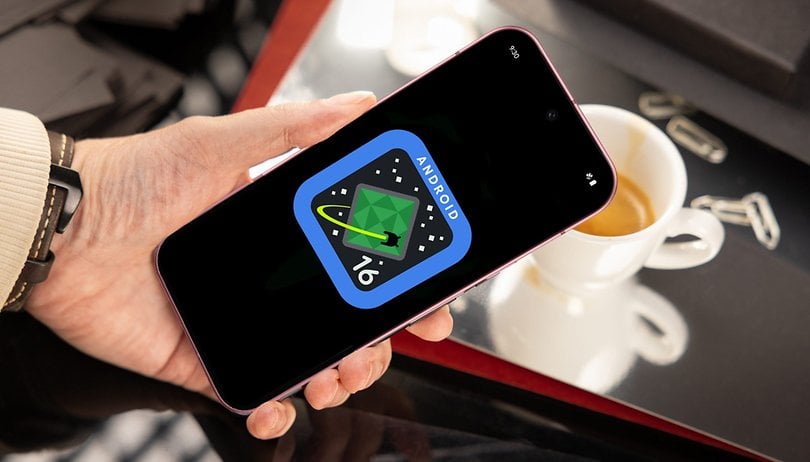

Read in other languages:
Staying on track with the official timeline, Google has released Android 16 Beta 3 to developers and testers. This marks the first update under Platform Stability, with one more beta expected in April before the final release. The update introduces several key features, including battery health tracking and an expansion of Auracast support.
When Will Android 16 and Android 16.1 Be Released?
Unlike previous Android versions, Android 16 is arriving ahead of schedule. Google has accelerated both the Developer Preview and Beta phases, with the preview period running from November to December. The first and second betas followed in late January and February, respectively, leading up to Beta 3’s release in mid-March.
One more Platform Stability beta is scheduled for April, with the final release expected in May or June.
In addition to Android 16.0, Google has confirmed the release of Android 16.1, expected in the fourth quarter of 2025. This means compatible devices will receive two major Android upgrades within the same year. However, availability for non-Pixel devices will still depend on OEMs—yes, we're looking at you, Samsung.
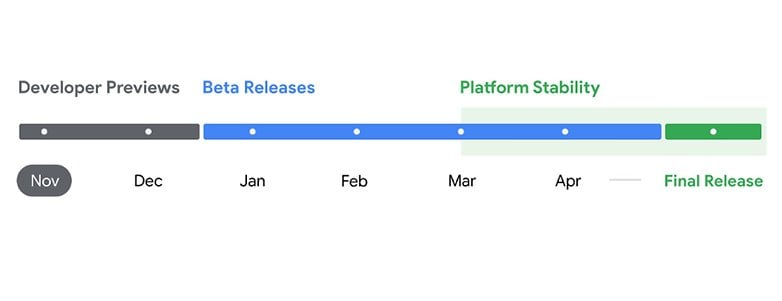
What is Android 16's Dessert Codename?
Android 16 follows Google’s tradition of dessert-themed internal codenames. After Tiramisu, Upside-Down Cake, and Vanilla Ice Cream, Google skipped ahead in the alphabet, bypassing W, X, Y, and Z, and landed on B—Baklava, a popular pastry from Greece and Turkey. Yummy!

While the developer preview lists the system version as "Baklava", expect to see Google using only "Android 16" and "Android 16.1" as the OS branding as we get near the stable release, though.
What's New in Android 16
Building on previous betas, Android 16 Beta 3 continues to refine existing features while introducing notable additions. These include the new Pixel Battery Health tool and an expansion of Auracast on Pixel 9, enabling support for Bluetooth LE Audio-compatible hearing aids. Since Beta 3 falls under Platform Stability, APIs and app-facing behaviors are now finalized, allowing developers to prepare for the final release.
As with previous Android 16 betas, Beta 3 is available for Pixel devices enrolled in the beta program, including the Pixel 6 series and later, as well as the Pixel Tablet and Pixel Fold.
Battery Health Feature Arrives to Pixels
Google has introduced a new Battery Health feature for Pixel devices, allowing users to check their battery’s health and remaining capacity, which is displayed as a percentage. The settings menu will also indicate whether the battery is in good condition or if it may need replacement.
Auracast Expands Hearing Aid Support and Audio Sharing
Android 16 Beta enhances Auracast functionality on the Pixel 9, enabling users with Bluetooth LE Audio-compatible hearing aids to stream from Auracast broadcasts in public places like airports and theaters.
Additionally, the Audio Sharing feature—originally spotted in Android 15—has been further refined. This feature uses Bluetooth LE Audio to allow audio from a single device to be shared with multiple headphones, essentially creating a personal audio broadcast.
Better Camera Controls and Ultra HDR
Google continues to refine media and camera capabilities in Beta 2, introducing more extensive controls and support for new shooting parameters. Notably, this release adds hybrid auto-exposure, allowing for some manual adjustments to exposure settings. Additionally, video recording gains precise color temperature and tint controls for improved customization.
There are also updates to motion photos and Ultra HDR, with the latter now supporting the HEIC format. However, these improvements remain at the developer level, meaning it’s up to manufacturers to decide how to implement them.
Double Tap to Launch Google Wallet
Google is expanding side-key customization in this beta. Users can now set the side button to launch Google Wallet with a double press, replacing the default camera shortcut. This change makes it easier to quickly access Google Wallet for payments and transactions.
Darker Theme and Even Dimmer Brightness Levels
Android 16 Beta 2 introduces two accessibility-focused visual changes. First, the dark theme now features a darker background, moving away from Android 15’s dark green tint. Second, Google has added a "Make screen extra dim" toggle, which lowers brightness levels even further than the default minimum—ideal for low-light environments.
Multi-User Gets a Dedicated Widget
A new "Switch Users" widget is now available for the home screen. Devices with multiple user profiles can use this widget to quickly switch users without navigating through Settings or Quick Settings, making multi-user management more convenient.
Change measurement units into regional preference
Another addition to the latest beta installment is support for customizing the regional preferences for measurement and temperature units. The added settings make it easier for users to set preferred systems. This will be applicable to the system and most with first-party Google apps.
Live Updates: Dynamic, Real-Time Notifications
Android 16 introduces Live Updates, a feature reminiscent of Apple’s Dynamic Island. It brings animated, real-time updates for apps like navigation, delivery, and ride-sharing.
These updates appear as standard notification cards with an animated strip displaying key details such as start and end points, ETAs, or progress milestones. When minimized, they revert to standard notification icons on the status bar, keeping your updates seamless yet unobtrusive.
APV Codec: A Leap in Video Quality
Another standout in Android 16 Beta is the addition of the Advanced Professional Video (APV) codec. Designed for near-lossless video quality, APV supports high bitrates and resolutions up to 8K with HDR10/10+ and user-defined metadata. It’s not just about playback—APV enhances video editing workflows by enabling parallel encoding and decoding, making it a game-changer for professionals and enthusiasts alike.
Improved Adaptive Refresh Rate
With Android 16 Developer Preview, Google has enhanced true variable refresh rate support. At the developer level, this improvement allows more apps to utilize the Adaptive Refresh Rate (ARR) feature that debuted in late Android 15. For users, this translates to better battery management when variable refresh rates are enabled.
Accessibility: Enhanced Haptics and Outline Text
Another notable enhancement in Android 16 is improved haptic feedback control. Google has introduced new haptic feedback APIs, allowing developers to precisely adjust vibration amplitude and frequency. This provides greater customization for dynamic vibration patterns and ensures more consistent haptic feedback across apps and system interactions.
For accessibility, Google has introduced the Outline Text feature, designed to assist low-vision users. This feature improves readability by adding a high-contrast outline around text, making it easier to distinguish from the background.
Two-finger double-tap zoom
In the Accessibility settings, the magnification (zoom) feature lists a variety of shortcut options (always visible button, gestures, volume buttons, etc). New to Android 16 is the option to magnify the display with a double tap with two fingers on the screen.
Improved support for physical keyboards
Uncovered by Android expert Mishaal Rahman, Android 16 brought a couple of changes to improve support for physical keyboards. The first is a reorganization of the Settings menu for its accessibility features, and inside it, users will find the new Repeat Keys settings. The option sets a delay before a pressed key is registered again, as well as its repeat rate. Both will be especially welcomed by the tablet warriors out there.
Fingerprint unlock with screen-off
Exclusive to the Pixel 9 series, this change allows users to unlock the phone with a registered fingerprint without having to wake the screen. The caveat is that the change is only available (at least for now) for the Pixel 9 series phones, probably due to the use of an ultrasonic sensor instead of the older optical fingerprint reader in the Pixel 6 through 8 models.
7 new emojis
Android 16 includes support for the new emoji ratified with the Unicode 16.0 release, officially announced in September 2024. The official list of emojis reached 3,790 with this release, and there are 164 candidates for the 17th version, which is expected in September 2025.
Google Keep is now a system app
The note-taking app Google Keep used to be a stand-alone app that needed to be installed through the Play Store like any other app. Starting with Android 16, Google seems to be enforcing the app to be installed by default, with no option to uninstall Keep unless brute forcing it through root access.
Wi-Fi QR code redesign
Not the most groundbreaking change to the system, the QR code screen for sharing Wi-Fi credentials got a redesign. Google ditched the plain QR-code for a stylized one, adopting the Material You color palette on your phone.
Reorganized Settings
The Settings app is a traditional weak point in terms of usability—also on iOS and Windows—with expanding needs and features popping up from time to time, it is no surprise regular users get confused and lost in it. Google recently started reordering and moving things around in the Settings app.
The change gives more space to the search bar, and at the same time, it highlights the main Google account on the phone. The change was actually rolled out to Pixel phones with Android 15 but will probably reach other AOSP-based distributions (Asus, Motorola, Sony, etc.) only on Android 16.
Automatic App Resizing for Large-Screen Devices
Android 16 Beta enhances the experience for foldables and tablets with automatic app window resizing. Apps now dynamically adapt to fit the screen size, eliminating annoying letterboxing and delivering a smoother, more immersive interface for large-screen devices.
Photo Picker
While this release primarily targets developers, several noteworthy features and improvements were introduced. Among the highlights is the updated photo picker feature, which benefits from new APIs aimed at improving app integration for uploading photos and videos. This update enhances user privacy by removing excessive permissions while streamlining the app interface.
Health Connect and FHIR Support
Another major addition is support for the FHIR (Fast Healthcare Interoperability Resources) format within the Health Connect app. This integration could allow users to manage medical records alongside health metrics in the future. A similar feature, known as Health Records, exists in Samsung Health but is currently limited to select healthcare providers.
Notification Cooldown
Other changes include the introduction of a Notifications Cooldown feature, designed to reduce distractions by minimizing alerts and lowering notification volume when multiple notifications are received in quick succession.
Privacy and Security Enhancements
With Android 16 Beta, several privacy and security enhancements. The latest version of Privacy Sandbox improves data encryption and handling of sensitive information. In addition, a new Security and Permissions History option enables users to review app permissions and security activity over the past seven days on the Privacy Dashboard, providing greater transparency and control.
Android 16 Beta 3 also previews a new Local Protection Network (LPN) feature, which will be fully rolled out in a future update. LPN will allow users to manage which apps can access devices on their local network, improving security and privacy.
Predictive Back for Navigation Buttons
Android 16 Beta extends the predictive back gesture functionality to the 3-button navigation system. Previously exclusive to gesture navigation, this update brings the same intuitive back-navigation preview to users who prefer traditional button-based controls, enhancing usability across navigation styles.
Redesigned UI
Additionally, a change in volume control sliders has been spotted in the Android 16 Developer Preview. The updated design features a thinner slider with a more defined scrubber, moving away from the previous large elliptical style. However, it still depends on OEMs if they will adopt this tweak.
Which Devices Support the Android 16 Beta Update?
- Supported on Pixel devices from the Pixel 6 series to the Pixel 9 series.
- Includes compatibility for the Pixel Tablet and Pixel Fold.
Upgrade Ready: Ensure your device is enrolled in the beta program for OTA installation.
Are you testing Android 16 Beta on your Pixel device? What are your favorite new features? Please let us know in the comments!
Information about the third beta version was added in March 2025.
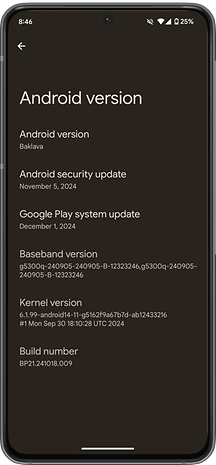
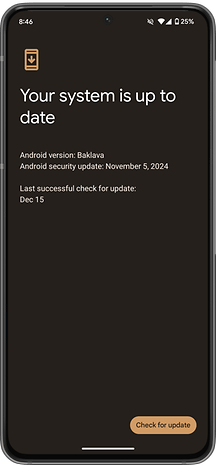
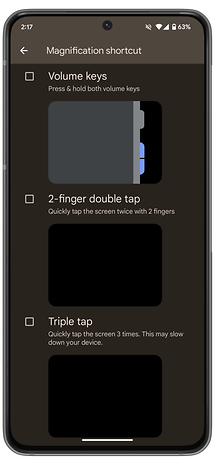
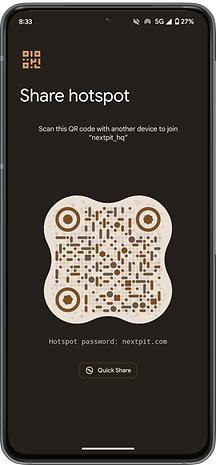
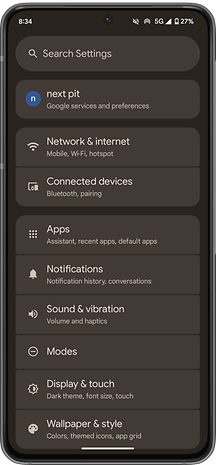
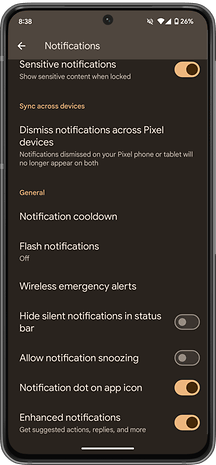
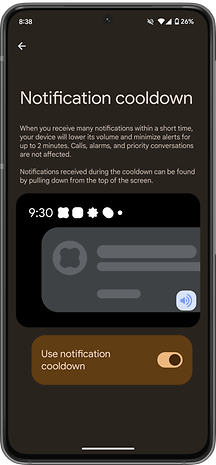
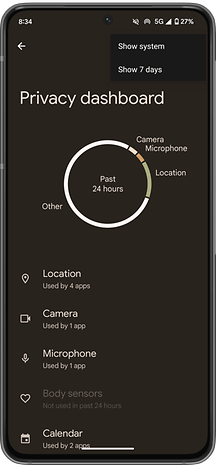

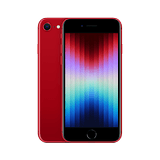
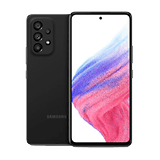



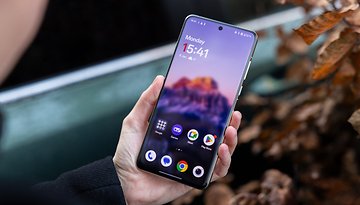
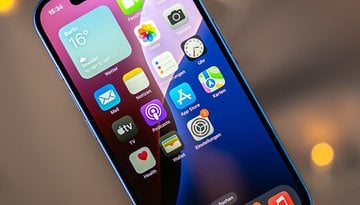



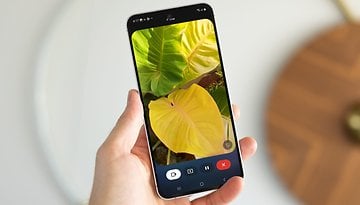







The Android 16 Second Developer Preview introduces updates like enhanced privacy features, improved app compatibility, and new developer tools, offering a glimpse into upcoming system improvements.